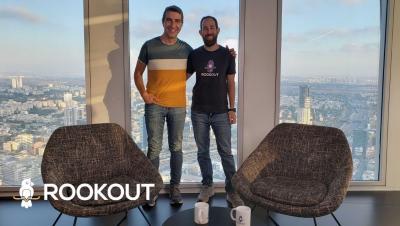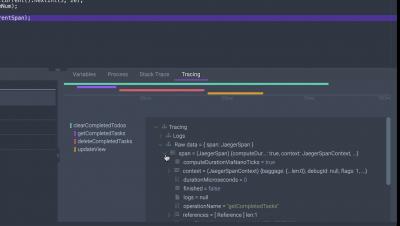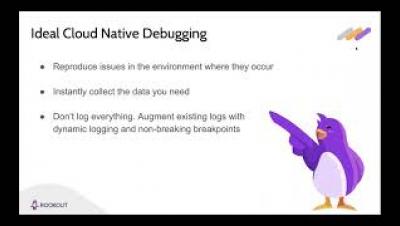Systems | Development | Analytics | API | Testing
Rookout
How Real-Time Debugging Improves Reliability
When designing and building software, service reliability is always at the top of the list of critical focus areas for development teams. Every team that builds software typically has, either directly or indirectly, service level agreements with their customers. These are, essentially, agreed-upon metrics or performance criteria that teams use to measure and ensure the reliability of a software system.
The Definitive Guide To Kubernetes Application Debugging
Often hailed as a game-changer, Kubernetes has altered the way that organizations deploy and manage their software, making the job of handling larger and more complex workloads easier. Yet, with its advantages of velocity and scale come new challenges, particularly in how developers approach debugging their code. The highly distributed nature of Kubernetes that makes it so effective for handling cloud-native software means that the traditional approaches to debugging are no longer applicable.
Rookout and Dealtale
When 'Good Enough' Isn't Good Or Enough
You know the phrase “good enough”? As in, “it’s good enough right now, we can worry about fixing it in the future”? Well, when it comes to software development, I really hate that phrase. Let me explain why. Simply, it’s because the concept of ‘good enough’ isn’t true. It’s the best type of paradox. Something is either good or it’s holding you back.
Getting By With A Little Help From My Visual Tracing
When working with Rookout customers, one of the most commonly heard requests we hear is a plea for “context”. When trying to debug a complex applications, setting a Non-Breaking Breakpoint and fetching a full view of local variables and stack trace is a necessary first step. But in a complex, distributed environment, this first step is not always enough.
Rookout Tracing Timeline Feature Demo
5 Tips to Improve Kubernetes Understandability
When you talk to an enterprise development team these days, there is a good chance they are in the midst of either migrating applications to the cloud or building a Cloud Native greenfield application. While there are many approaches to running those applications in the cloud, Kubernetes often comes to the forefront as the platform of choice. It provides a powerful container orchestration platform, which provides plenty of room for growth as your application evolves.











